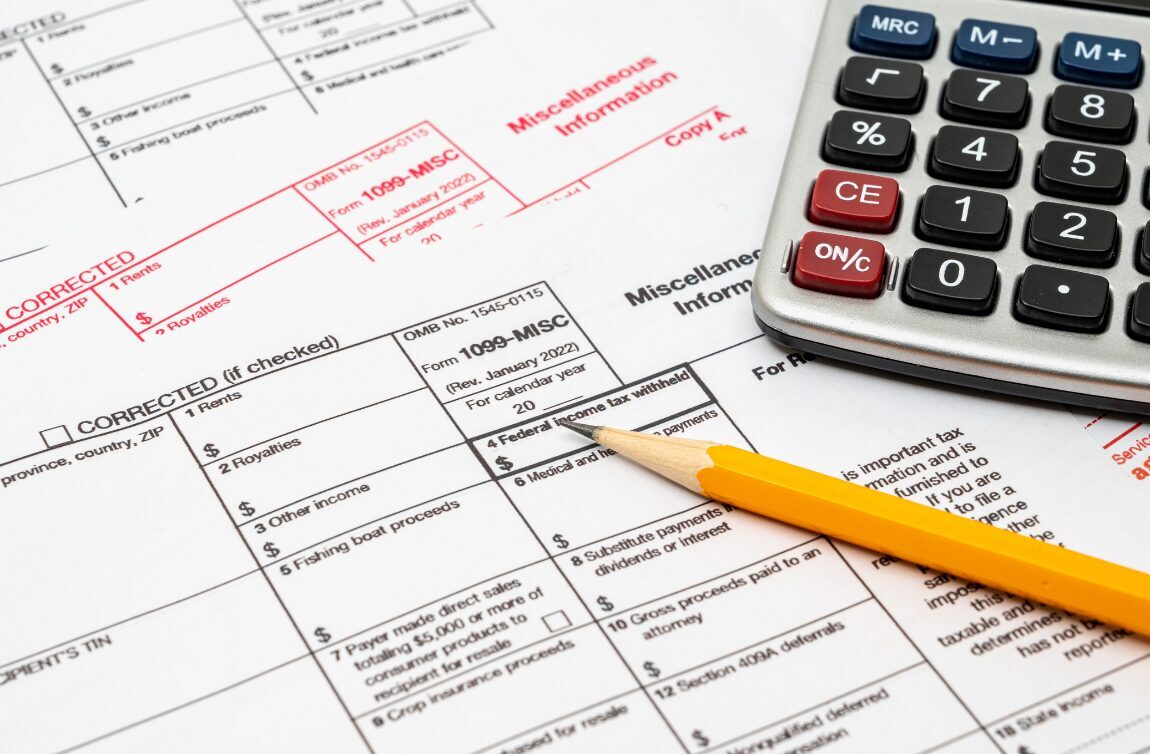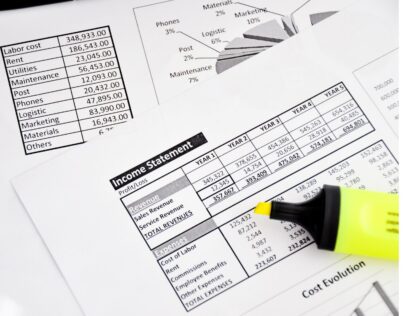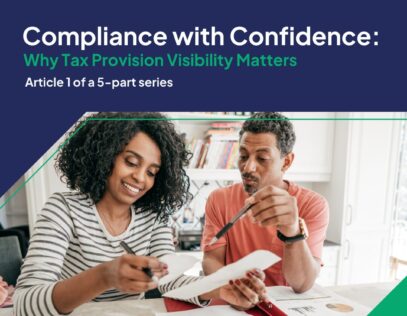What does the new income tax disclosure mean for your state tax provision?
On December 14, 2023, FASB issued ASU 2023-09, codifying the proposed changes to income tax disclosure in the financial statement footnotes. The draft ASU published in March remains largely unchanged, with a few exceptions. The final standard can be found on the FASB website here.
Regarding the state income tax provision, there is some clarity gained in the final ASU. For publicly traded entities, the states that make up greater than 50% of total state taxes must be separately identified. This would appear to rule out the use of a blended state rate completely, both for current and deferred state tax expense. Private companies should be able to continue to use the blended rate approach unless there are individual states which make up greater than 5% of the total effective tax rate.
The new standard is effective for tax years beginning after December 15, 2024, for publicly traded entities. Private entities have an additional year to implement. Early adoption is allowed, so if you want to get a head start for the calendar year 2024, you can do that. Also, note that these new provisions are only applicable to the annual tax provision calculation and not for interim calculations.
This post is update of the following report, which was published in March 2023.
FASB Exposure Draft for Proposed Changes to Income Tax Disclosures Issued March 15, 2023 – Is This the End of the Blended State Tax Rate Approach?
On March 15, 2023, the Financial Accounting Standards Board (FASB) issued an Exposure Draft (ED) of a proposed Accounting Standards Update (ASU), Income Taxes (Topic 740): Improvements to Income Tax Disclosures. The proposed ASU represents the FASB’s ongoing efforts to enhance the transparency and decision usefulness of annual and interim income tax disclosures. If they are adopted, they would be effective for fiscal years beginning after December 15, 2023.
The proposed changes to ASC 740 would require companies to calculate their state income tax provision on a state-by-state basis. This would make it extremely difficult, if not impossible, for companies to use a blended state tax rate approach, which is currently allowed under ASC 740. The proposed changes regarding state income taxes would apply to all companies, not just publicly traded companies.
There are several reasons why the state blended tax rate approach would become more difficult under the proposed changes. First, the state tax rates vary widely from state to state. This means that companies would need to track their income and expenses in each state in order to calculate their state income tax provision. This could be a significant increase in the amount of work required to calculate the state income tax provision.
Second, the proposed changes would require companies to consider the impact of state tax law changes on their state income tax provision. This is because state tax laws are constantly changing, and companies would need to be aware of these changes in order to accurately calculate their state income tax provision. This would add an additional layer of complexity to the calculation of the state income tax provision.
Finally, the proposed changes would require companies to disclose more information about their state income tax provision. This would include information about the amount of state income tax expense, the amount of deferred state income tax assets and liabilities, and the state tax rates used to calculate the state income tax provision. This would increase the amount of information that companies would need to report in their financial statements.
Many companies already utilize the state-by-state approach to calculate current state income tax expense; however, those which use the blended rate approach would need to switch. This would likely not be a “heavy lift” for most. Unfortunately, the same cannot be said for utilizing the state-by-state approach for calculating deferred state tax expense. Currently, practically all companies utilize the blended rate approach. The proposed changes would require that state deferred taxes be calculated for each individual state in which there is a current tax calculation. There would need to be a separate deferred tax roll for each state and would need to include all federal modifications specific to that state. For companies which file in many states, the additional burden to calculate would be immense.
It has been reported that FASB received numerous comment letters addressing this topic, so there is the prospect that the final standard will be amended when issued in 4Q 2023. Stay tuned!!
We know you love Excel, but wouldn’t you also like to spend less time and be less stressed when it comes to your next tax provision? Get the benefits of tax provision software without giving up your spreadsheets. Let us show you how when you request a free two-week trial of Exactera Tax Provision. The only thing you have to lose is stress and weeks in spreadsheets. Request your trial today!








